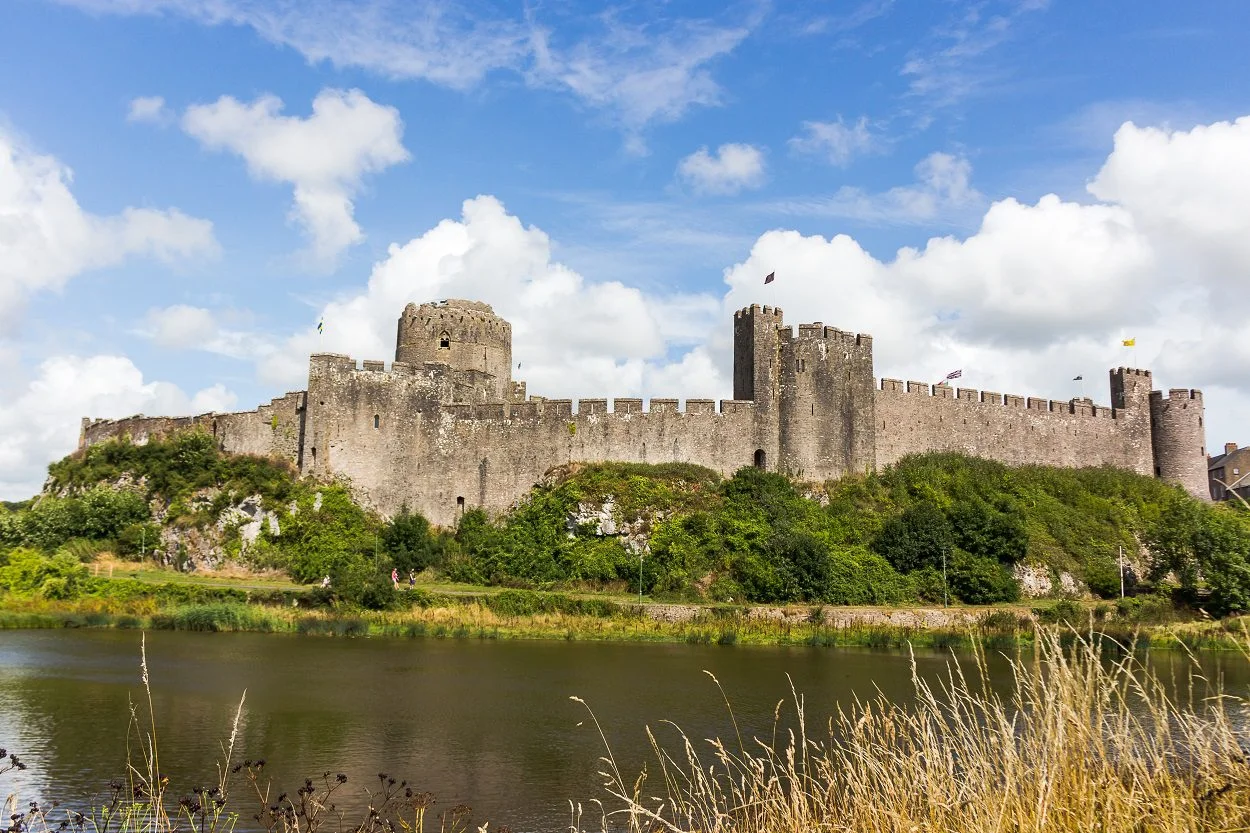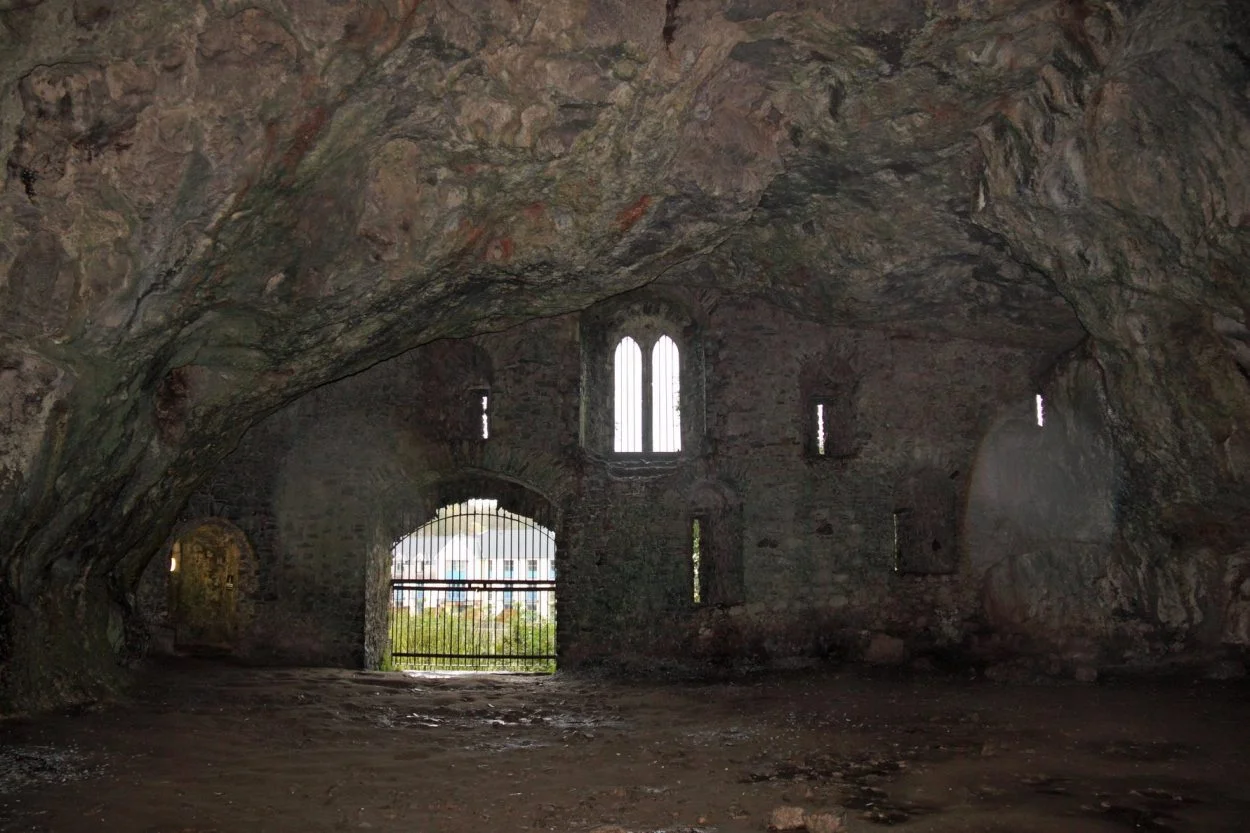Archaeologists excavating in Wogan’s Cavern have found evidence of prehistoric activity beneath Pembroke Castle in Wales.
Pembroke Castle is a medieval fortress that was first constructed in 1093 by Arnulf of Montgomery during the Norman invasion of Wales. The first castle was a typical Norman motte-and-bailey, featuring earthen ramparts and a timber palisade, which was later rebuilt in stone a century later by William Marshal.
In 1457, Jasper Tudor brought his widowed sister-in-law, Margaret Beaufort, to Pembroke Castle, where she gave birth to King Henry VII of England, the first monarch of the House of Tudor.

Beneath the castle is a vast cave called Wogan’s Cavern, a natural chamber formed by water erosion through the soft limestone rock.
The cave entrance was blocked with a fortified entrance that contained a barred gateway and arrow slits, which may have served as a boathouse or sallyport to the Pembroke River connecting to the nearby Milford Haven.
Based on excavations in nearby Priory Farm Cave, it has long been suggested that Wogan’s Cavern was occupied as far back as the Palaeolithic and Mesolithic Periods, where it may have been a shelter for early cave dwellers.
Archaeologists have now conducted a study which is funded by the Natural History Museum and the British Cave Research Association, focusing on areas of the cave sediment which has remained undisturbed for more than 10,000 years. This is despite continuous alterations to the cave exterior during the Middle Ages and poorly recorded Victorian excavations.
The current excavation has already revealed evidence of megafauna such as reindeer and woolly mammoth bones, in addition to limpets, shells, pigs and deer.
“Prior to our work, next to nothing was known about the archaeology of Wogan Cavern,” Dr Dinnis, of the University of Aberdeen, said to the BBC. “It has long been assumed that the cave was dug out, either during the medieval period when it formed part of the castle, or during the very poorly recorded Victorian antiquarian digs. Our work shows that is not the case. It’s a promising site with potential. We’ve only dug two areas this time and we want to know if other parts of the cavern have items to discover.”





